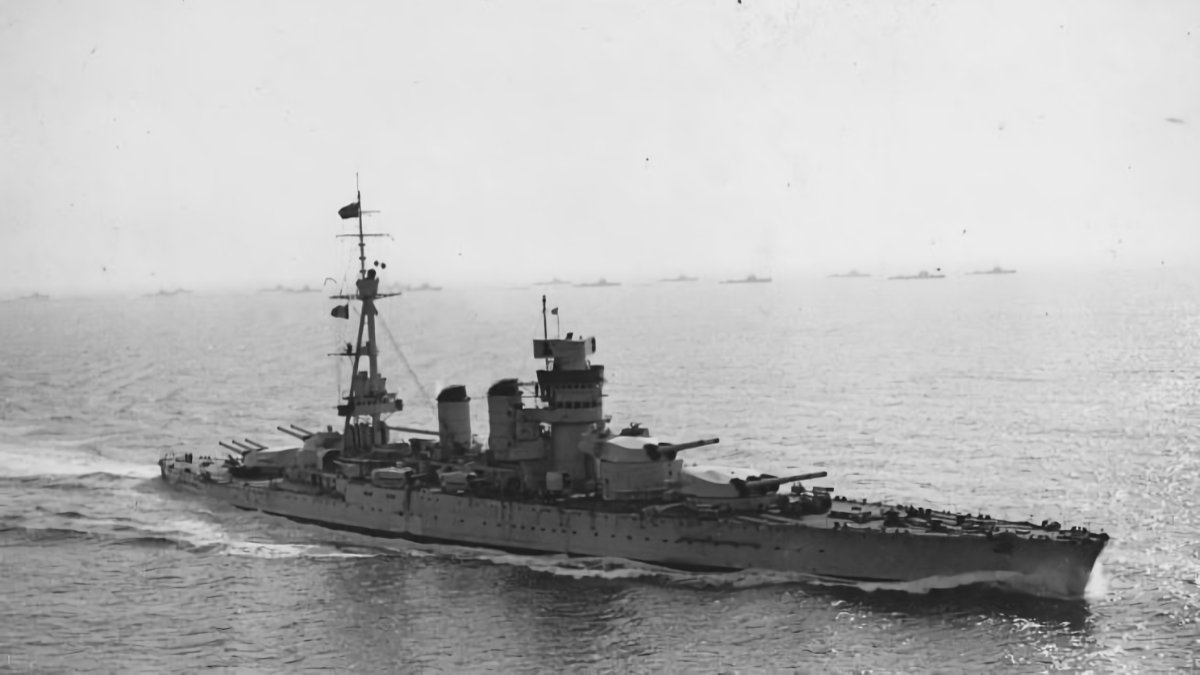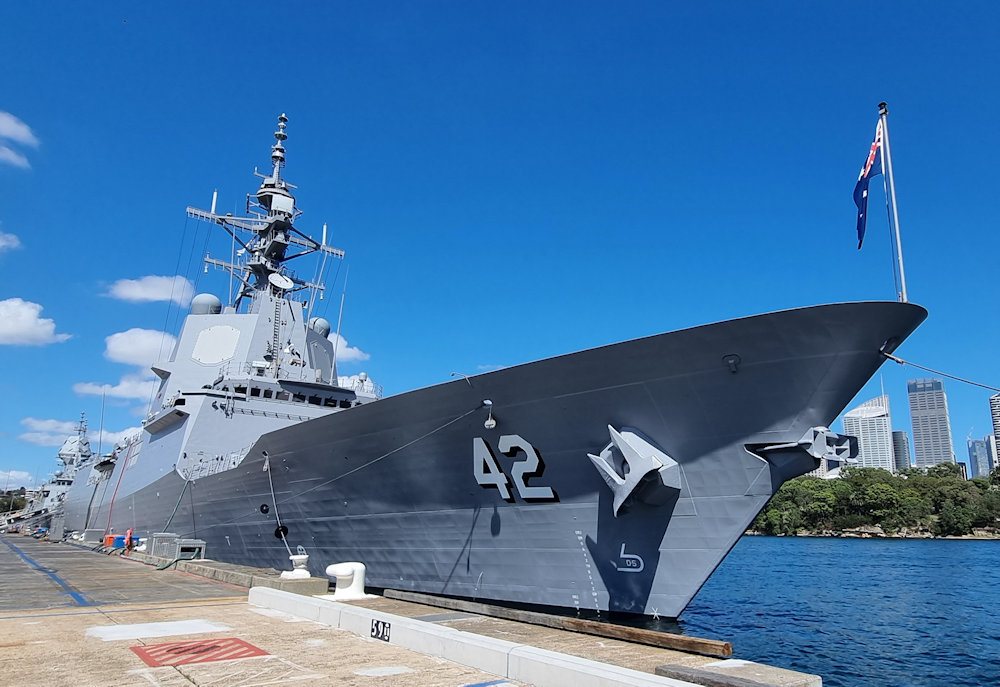Tag: warship
-
Italian Battleship Conte Di Cavour

Italian Battleship Conte Di Cavour The lead ship of her class of three dreadnought battleships (along with Giulio Cesare and Leonardo da Vinci), Conte Di Cavour was launched om 10 August 1911 and commissioned into the Italian Regia Marina on 1 April 1915. She saw no action during World War One. During World War Two,… Read more
-
HMAS Sydney (V) DDG 42

HMAS Sydney (V) DDG 42 HMAS Sydney (V) DDG 42 is the third and last of the Hobart-class air warfare destroyers built for the Royal Australian Navy. She was launched on 19 May 2018 and commissioned 18 May 2020. HMAS Sydney (V) DDG 42 at Fleet Base East 25 February 2024 Read more